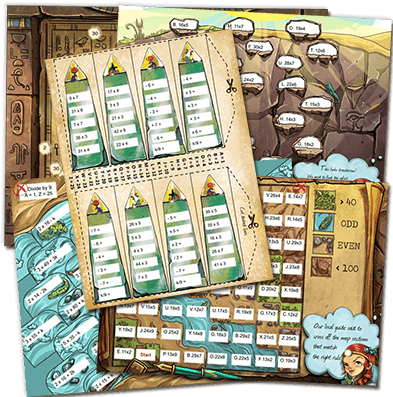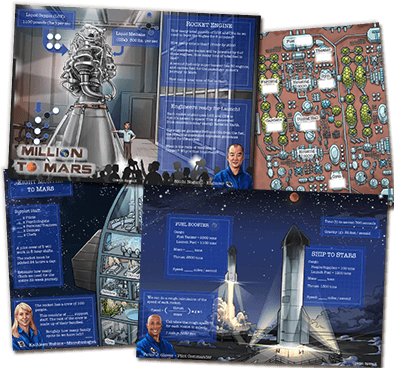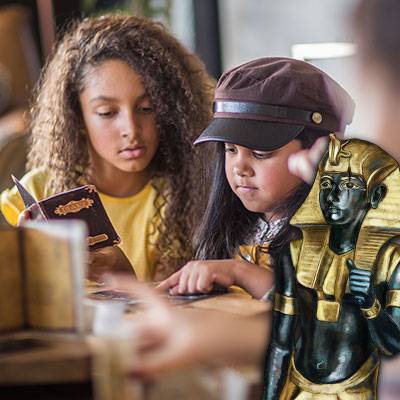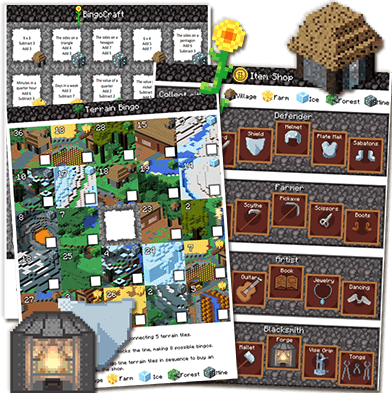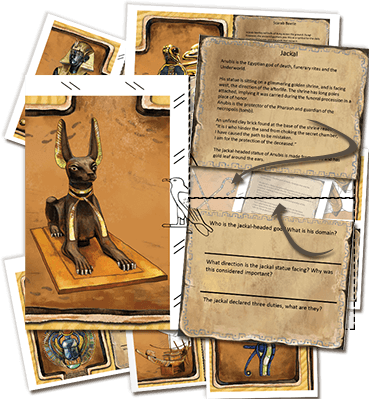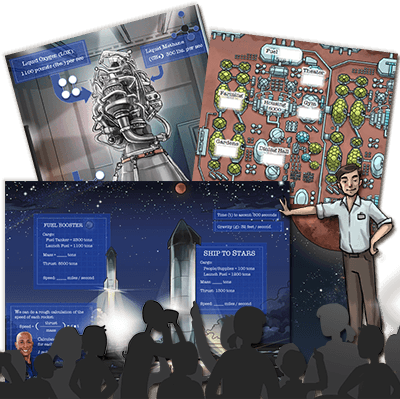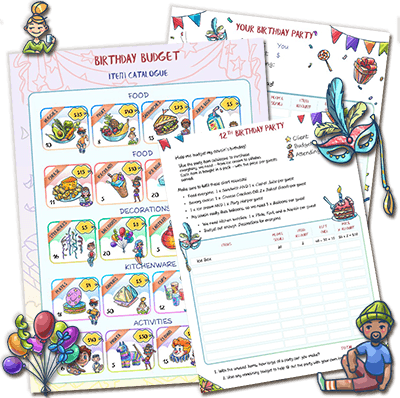13 Effective Closing Activities for High School Students
Use these tips & hacks at the end of a lesson to ensure your students 'got it.'

Get Ready to Wrap Up Well!
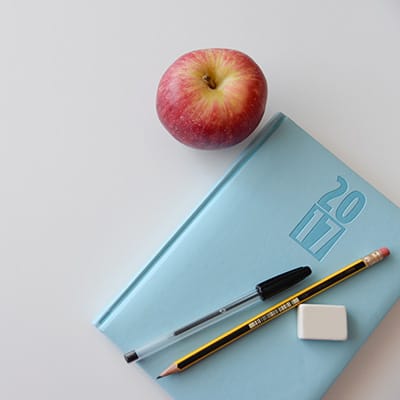
Teaching a lesson is one important aspect of helping your students to learn a concept. Interactive lessons, videos, short exercises and other factors can help students to master a subject, but there can be times that these methods are not enough for students to fully grasp it.
As a safety measure, you should ensure that you students truly understand what they just learned, and you can do this through several effective closing activities. These place an emphasis on how much you want your students to learn, and they can help answer any questions or misunderstandings about a subject.
Closure activities can occur at the end of a chapter, the end of every day or the end of a learning unit. In either of those cases, they are review sessions that can help students to summarize important concepts that they learned.
Here are 15 effective closing activities that you can use to help your students fully understand a concept or group of related concepts.
1. Exit Tickets
You provide exit tickets upon closing your lesson or teaching unit for the day. The tickets are simply pieces of paper with any type of question on them. The questions can be true or false, multiple choice, fill in the blank or short answer, and each one relates to the concepts that you taught for the day.
However, exit tickets should be brief and used as a small tool to collect information on how your students are performing in your class. You can use the information to assemble to small meetings with the students that seem to be struggling in your class.

2. Dramatization

This is a process that involves your students turning something that they learned into a short skit. It can be used for a book that they are reading, a historical lesson or another type of lesson that involves action and can involve dialogue.
Dramatization can be done either on an individual basis or on a group basis depending on the comforts of your students.
3. Quick Advertisements
To help your students to understand a subject, you can ask them to create quick advertisements. These advertisements can contain content about what your students learned in class.
Your students can create a concept advertisement over a weekend as a video project or in the classroom as a live project.
An example of a quick advertisement can be the application of a concept in chemistry, such as chemical reactions.
Your students can illustrate what makes a certain chemical reaction special, and by doing that, they can explore the topic in depth and learn from it.
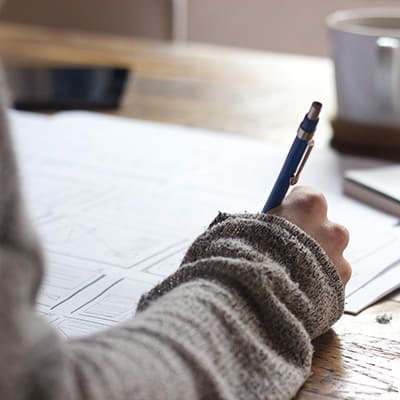
4. Newscast Creation
You can have your students prepare small newscasts with respect to what they learned for the day. They can sit at a desk in the front of the room and pretend to be a newscaster with notes in their hands and optional professional attire.
The students can present what they learned from the day or the unit as a report.

5. Jeopardy
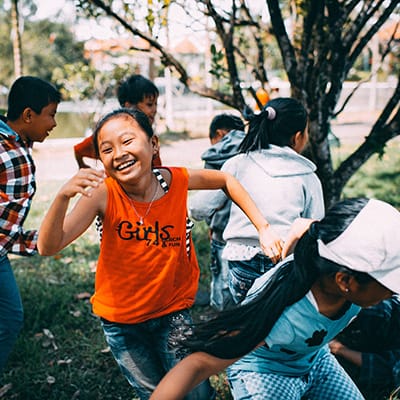
This is a highly interactive way that lets your students collaborate with each other to learn or master a group of related concepts. You can create a game based on Jeopardy upon closing a chapter or a unit.
This is where you give your students answers, and they must supply the questions for points. You can play Jeopardy with your students either through the usage of technology or on a blackboard.
In either case, you divide your students into several teams with a size of your choice. You decide who goes first, and the first team to go chooses a topic for a certain number of points. Those students supply the question that corresponds to the answer, and if they are wrong, another team can steal the points.
This goes on until the teams have selected all available questions.
6. Presentations
Students can prepare presentations about different concepts inside a chapter. They can work in groups or individually and create a slideshow with your desired number of slides.
The slides should highlight the main points of the concept that the students are reviewing. Slideshow presentations are a way for your students to be creative while making their presentation and learn.
When students are watching other presentations, they will continue to learn.
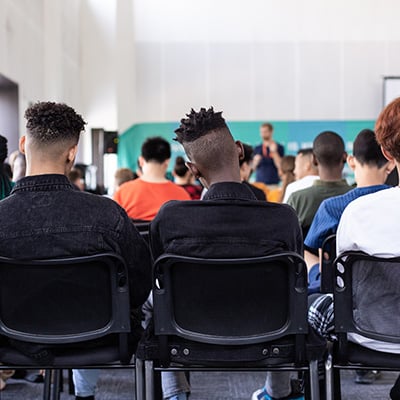
7. Pick a Card

After you complete a lesson, your students write a related question on an index card. You then collect all the index cards and select a student to pick one of the index cards.
The student then reads the question and randomly chooses another student to answer. This can help identify the strengths and weaknesses that some students have with the lesson.
8. The Envelope
At the end of a chapter or unit, you can give out envelopes to your students. These envelopes can contain key words from the chapter, and your students must identify the significance of those words and how they relate to the chapter.
The envelopes can also contain a small puzzle that your students must solve. These can be individual or group activities based on your preferences.
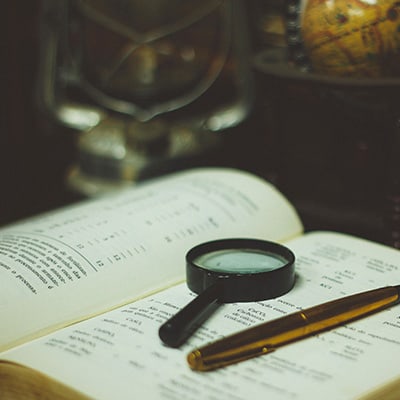
9. Snowstorm

In this closing activity, you ask all your students to write down something that they learned for the day on a piece of paper.
Every student then crumples the paper. You give them a signal, and everyone throws their paper up into the air in the likeness of snowballs. The students then pick up a snowball, open it up and read out its contents.
This can help that individual student to learn something that they may not have grasped during the lesson.
10. Parent Hotline
With this type of closing activity, you supply all your students with a question that relates to the concept of the day or the unit that you have been covering.
You then email the parents or guardians of the students with the answers to your concept questions, and the students must answer the question at a later time in the presence of the authoritative figure.
This is used to test each student's memory and ensure that they were paying attention earlier that day.

11. Concept Gallery

This is a project that your students can work on during class or at home at the end of a chapter or unit. Each student must assemble a poster board that illustrates a concept that you assign to them.
This activity can help your students with their creativity and help them to learn while they are generating their individual posters.
After your students bring in their posters, you can set them up in the likeness of a gallery and have your students examine each other's work and learn from them.
12. Learning by Teaching
One way to know that a student fully understands a concept is if they are able to reciprocate it to another student in detail. Have some of your students pretend to be teachers while the other students remain in their role as a student, and have the acting teachers profess the concept.
Learning by teaching gives the learning student and the acting student a new perspective of the topic and can help each one learn what they did not learn from earlier.
Rather than having your students teach each other, you can also have them teach the concept to a lower grade if that is possible.
One reason that both students can learn from this method is that the learning student can impose questions on the teaching student and make them utilize critical thinking to form their answer.
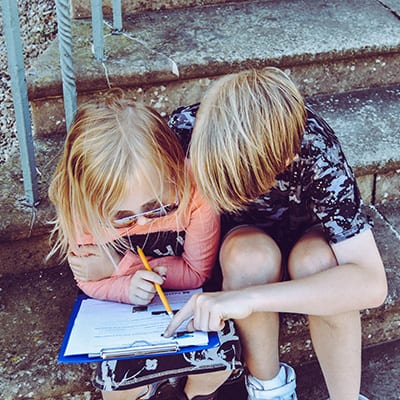
13. Expert Advice
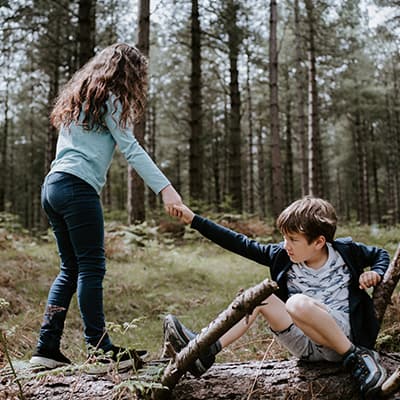
After you finish discussing a topic for the day, you can have either some of all of your students prepare small lectures and pretend to be everyone's teacher as an expert.
The students can focus on one particular aspect of the topic and discuss it to the best of their ability. You can give them time to prepare for giving their lecture and then have each one share their expertise in a timed discussion.
Structure the Memory of Your Students
Each closing activity can help your students to comprehend the lessons and concepts that you teach them, and each one has its own strengths and weaknesses.
You can decide what activity works most effectively for your students and keep their memories secure.

